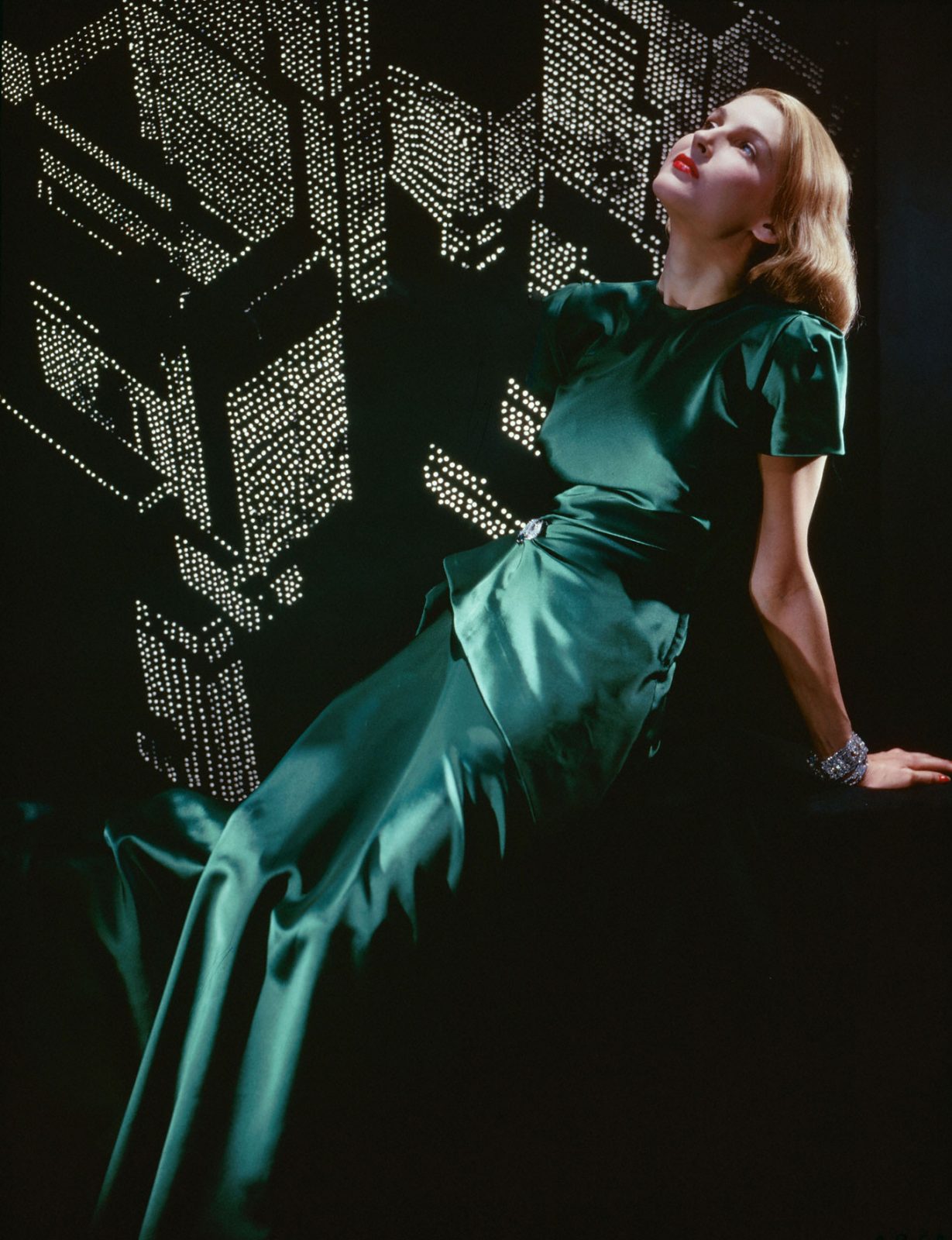The birth of photography coincided with the rapid growth of the Western metropolis. Within these new cities, the street and the studio developed as two very different sites of photographic production that nevertheless shared a dynamic interplay.
Street and Studio (Tate Modern 22 May – 31 September 2008 ) is the first to closely examine these two vital locations and explore how the relationship between them helped shape photographic history in the twentieth century.
The exhibition is conceived around a chronological dialogue between the studio and the street, establishing at various points connections over time and space, which reflect moments of continuity and rupture in the photographic practice of the twentieth century. Divided into fourteen sections, the exhibition includes around four hundred exhibits, comprising mainly photographic prints but also features many examples of photographs in their published form, in books and magazines. The exhibition will highlight contrasts between the studio’s changing formal conventions and its constructed rather than naturalistic tendencies, and the more informal, dynamic responses of photographers to the insistent tempo of the street. But the exhibition will also show how those roles converge and reverse over time, how the street becomes a site for staged and directed portraits and the studio a place of spontaneity, outlandish experiments and a site of authenticity. It will also investigate the growing role of the printed media in creating new opportunities in both locations and encouraging a more fluid interchange between them.
[ms-protect-content id=”8224, 8225″]
Underlying these themes are ideas about people and the city. In many ways street and studio photographs have combined to help define the visual character of urban experience, in particular tracing the developing relationship between the individual and mass culture, and, from their different perspectives, delineating the facades of bourgeois culture as opposed to the more contingent everyday, represented by the man on the street. After the development of the candid, snapshot photograph at the end of the 1880s the city becomes a self-generating machine for images, with the new mobility of the camera becoming a paradigm of urban perception.
For all its formal conventions, the studio’s rarefied atmosphere and controlled environment offered photographers a kind of protected space in which to develop elaborate and inventive techniques while giving their sitters opportunities to become more performative. The artistic challenge of constructing identity in this way was paralleled by the new freedoms offered by the arrival of small, portable cameras, and the new demands of working on the street to respond to the ever increasing pace of modernity. By the 1920s the visual definitions of urban space were dominated by photography and film. The camera began to create a new sense of the city, to produce it, through images of, as Béla Balasz observed, ‘not only more and more new objects, but also more and more new distances and angles’. These new possibilities, this new photographic adventure of investigating previously unrepresented aspects of everyday life, attracted many young intellectuals into the embryonic profession of photojournalism at that time.
The question of visibility and the tendency towards typological representation, have been central to the ways in which photography has engaged with urban experience and, in turn, emerge as important themes within Street and Studio. In the studio the question of visibility is concerned with who is represented and why, who had the opportunity to present themselves to the camera and who did not. On the street, as photography begins to open up the city, there is a process of increasing visibility for the previously ignored and overlooked. In this sense photography and photographers play a part in the desire for emancipation, cataloguing the developments of civil rights, racial and sexual liberation and self-determination, all vital aspects of urban change. Both street and studio are transformed through these narratives and desires into stages for the metamorphosis of the self. The exhibition includes work on this subject by such diverse photographers as James van der Zee, Madame Yevonde, Malick Sidibé, Samuel Fosso, Peter Hujar, Robert Mapplethorpe, Laurie Anderson, Andres Serrano and Sunil Gupta.
Typological modes of representation are inherent to photography, and photographers have consistently helped to define urban types, the figures who populate our imaginary image of the city: from the ordinary street trader to the suited executive, from the tourist to the tramp. Photography meanwhile also fuels our speculations about the ‘demimonde’ and the fascination for eccentrics and freaks. In the work of such photographers as August Sander, Walker Evans, Brassai, Lisette Model, Diane Arbus and Cindy Sherman, as well as less well known names such as Louis Vert or Friedrich Seidenstücker, the exhibition reveals an overriding typological approach in its parade of photographic figures from the urban scene.
[/ms-protect-content]
Published in Photoworks issue 10 2008
Commissioned by Photoworks

